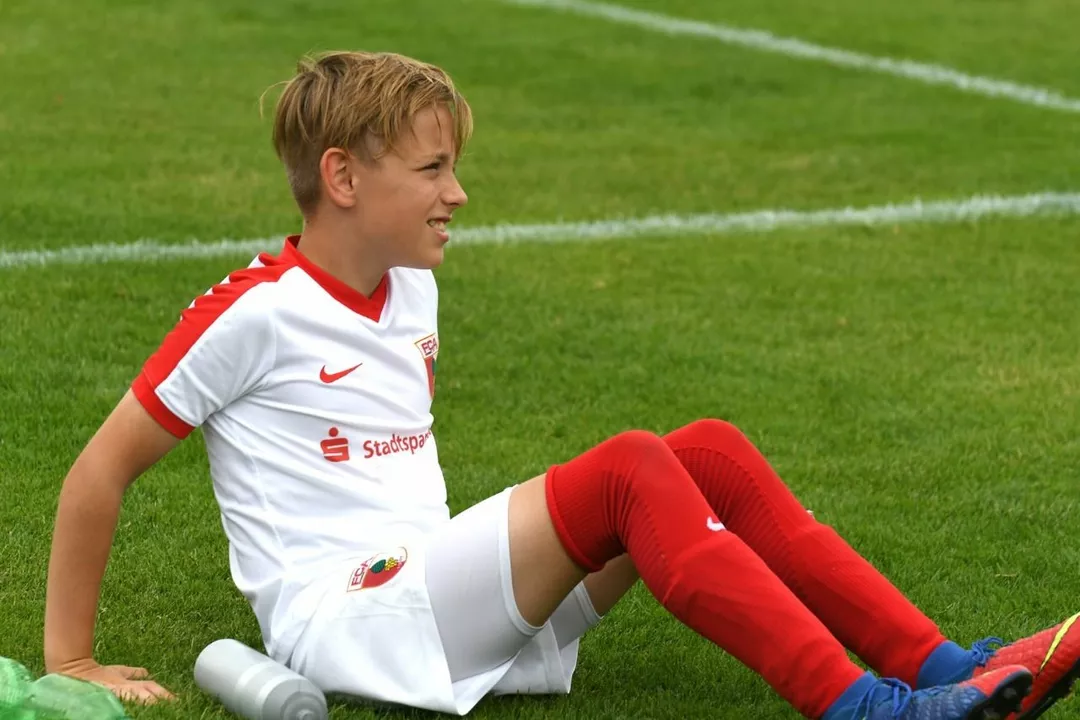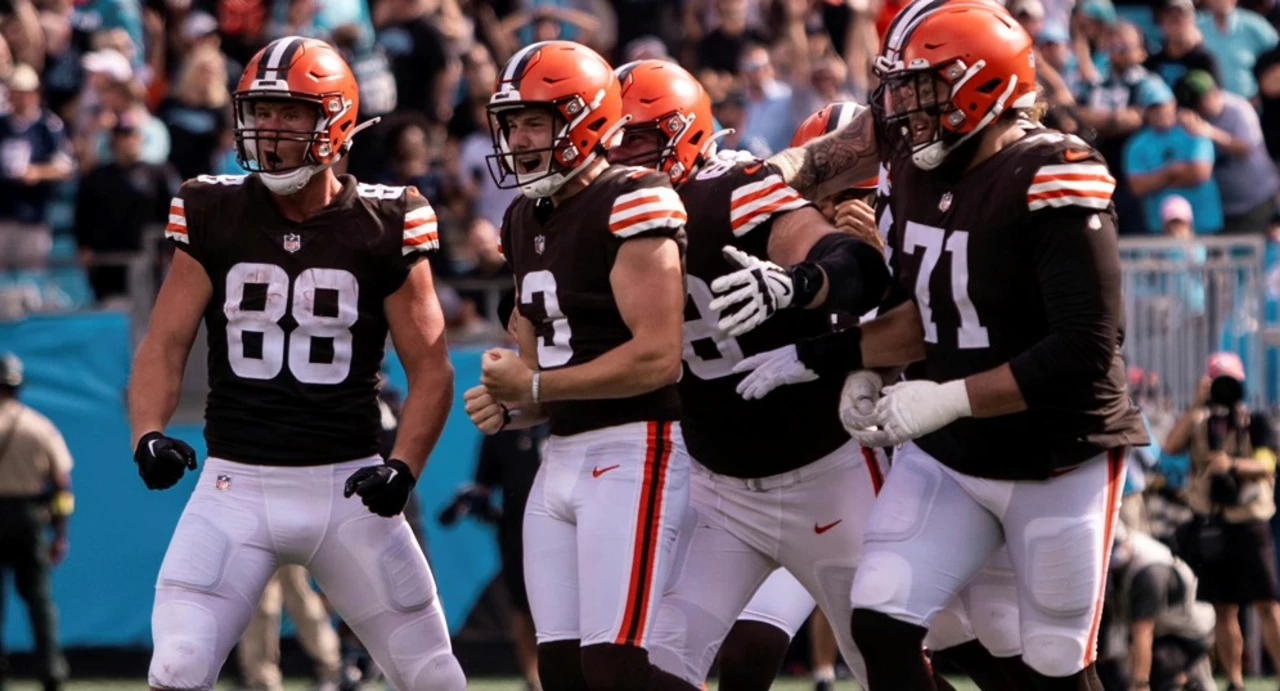Football: Fresh News, Tips and Answers for Fans
Welcome to the Football tag page – your one‑stop spot for everything that matters to a soccer lover. Whether you’re hunting for the best way to watch the World Cup, wondering how defenders can find the net, or looking to buy a custom jersey, we’ve gathered the most useful posts in one easy spot.
Watch the Game Anywhere
Streaming rights can feel like a maze, but the good news is you’ve got options. Major tournaments like the 2022 World Cup are live on platforms such as ESPN, BBC iPlayer and ITV Hub. If you prefer a mobile setup, apps like Sling TV, FuboTV or even a VPN to tap into international feeds work just fine. The key is to pick a service that offers the right balance of price, device support and reliable streams – no more missing that last‑minute goal.
Gear Up Like a Pro
Looking to stand out on the pitch? Custom soccer jerseys are a breeze to order. Big brands – Nike, Adidas, Puma – let you add your name, number and even a small logo. For more niche designs, sites like Soccer.com or Kitbag give you endless options. Don’t forget the right boots, either. Whether you play on firm ground, soft ground or artificial turf, the right cleats (aka football boots) give you the grip you need and keep your feet comfortable throughout the match.
Beyond gear, the tag also covers tactics that many fans find confusing. Got a question about playing midfield? The right midfielder balances defense and attack, controls the ball, and spots gaps in the opposition’s shape. If you’re a defender curious about scoring, set‑pieces are your best friend – corners and free‑kicks let you use height and heading ability to surprise the keeper.
Fans often ask why soccer players look so lean. The truth is a mix of intense cardio work, strict diet and the demand for stamina, speed and agility. While many look skinny, bodies vary by position – goalkeepers tend to be taller, midfielders more muscular, and forwards lean for speed. It’s all about matching the physical profile to the role on the field.
Lastly, you’ll find honest takes on league competitiveness. Major League Soccer (MLS) has grown fast, attracting overseas talent and leveling the playing field. Different champions each season and bigger stadium investments show the league is no longer a backyard competition – it’s a genuine contender on the world stage.
Explore the posts below for deeper dives, step‑by‑step guides, and real‑world examples. Every article is written for fans like you who want quick, practical answers without the jargon. Dive in, learn something new, and enjoy the beautiful game even more.
In my latest blog post, I explored the common perception that every soccer player appears to be skinny. I found that their lean physiques are a result of intense cardiovascular training and strict diet plans, which help them maintain optimal performance levels. Additionally, soccer requires a great deal of stamina, agility, and speed, making a leaner body more advantageous. However, it's important to remember that not every soccer player is "skinny" - there is variation in body types across positions and individual athletes. Ultimately, a player's physical appearance is just one aspect of their skill set, and it's their talent and hard work that truly determine their success on the field.
Football leagues have a packed schedule and they often struggle to fit in all the games they need to play. This means that they often have to play multiple games in one week. However, there are some drawbacks to this, and it can be hard for the players to stay in peak physical condition when they have to play multiple games in a single week. Additionally, the quality of the matches can suffer, as the players are often tired and unable to perform at their best. It is for these reasons that many football leagues opt to only play one game a week, allowing the players to rest and recover, and ensuring that the matches are of a high quality for the fans.

